 12 Attractions You Must Not Miss in NYC
12 Attractions You Must Not Miss in NYC
So you’re ready to explore New York! Whether you’re planning for a weekend or you’ve been here for years, there’s so much to…
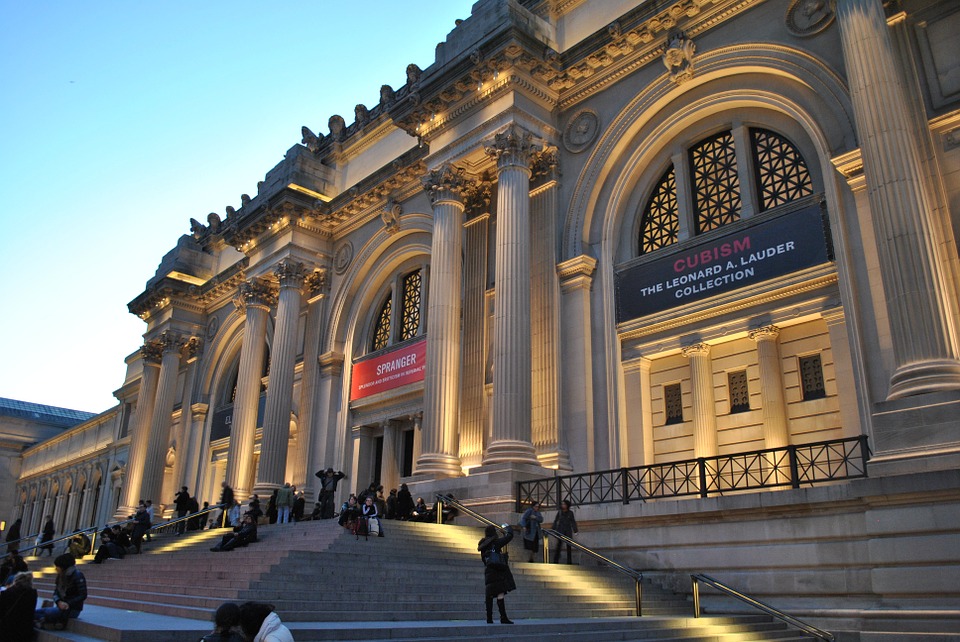
It’s hard to describe the size and scope of the Metropolitan Museum of Art, but here’s a try: 2 million square feet and 300,000 years. Since its founding in 1870, the Met has expanded to occupy a huge museum space on Fifth Avenue in New York City. That space presents millennia of humanity’s contributions to art, cementing its legacy as one of the great museums of the world, on equal footing with the Louvre in Paris or the British Museum in London.
It can be tempting to save indoor activities for a rainy day. After all, there’s so much to see and do in the parks and on the sidewalks of New York City. But resigning an institution like the Met to nothing more than an inclement weather plan should be a crime.
Regardless of the weather, it definitely deserves a spot on your bucket list. Read on to discover how the Metropolitan Museum of Art evolved from one Roman sarcophagus to more than 2 million priceless artifacts that track our entire history as a civilization.
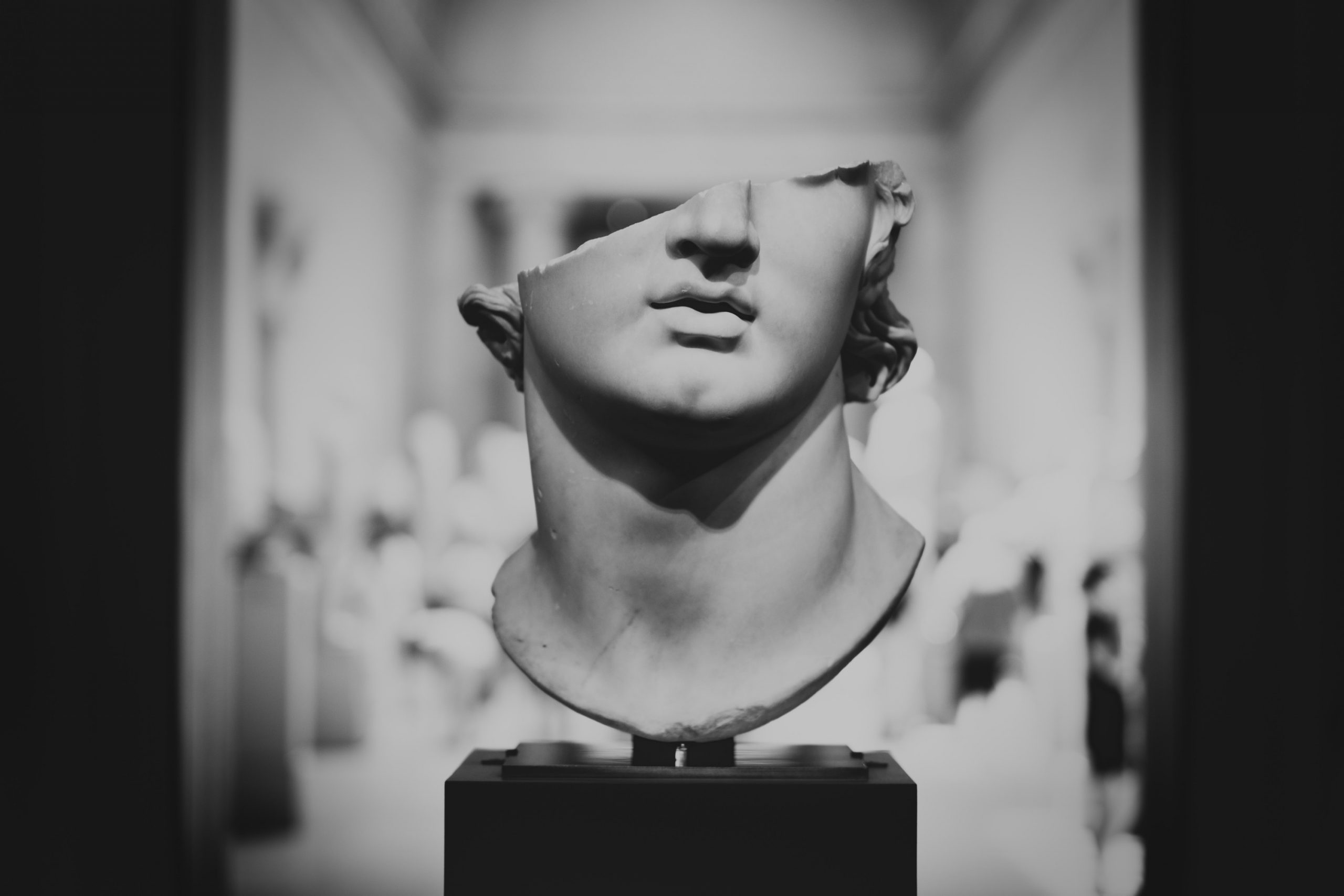
The Metropolitan Museum of Art was the idea of prominent lawyer John Jay. Together with a group of friends, he incorporated the Met in 1870 at its first location on Fifth Avenue and 54th Street. They acquired the Met’s first piece later that year — a marble Roman sarcophagus found at Tarsus.
The Met briefly moved to the Douglas Mansion downtown and finally settled in its current location on Fifth Avenue and 82nd Street in 1880. The Met that you now see from the street (and on “Gossip Girl”) consists of multiple expansions around the original structure, which is still contained and visible from inside.
The museum’s early years established it as a home for the world’s antiquities, especially Greek and Roman art. An 1889 acquisition of two works by Edouard Manet helped to build its contemporary art credibility, and by the early 1900s, the Met was already recognized as one of the great art galleries of the world, with notable works ranging from Renoir and Matisse to ancient Egyptian sculptures.
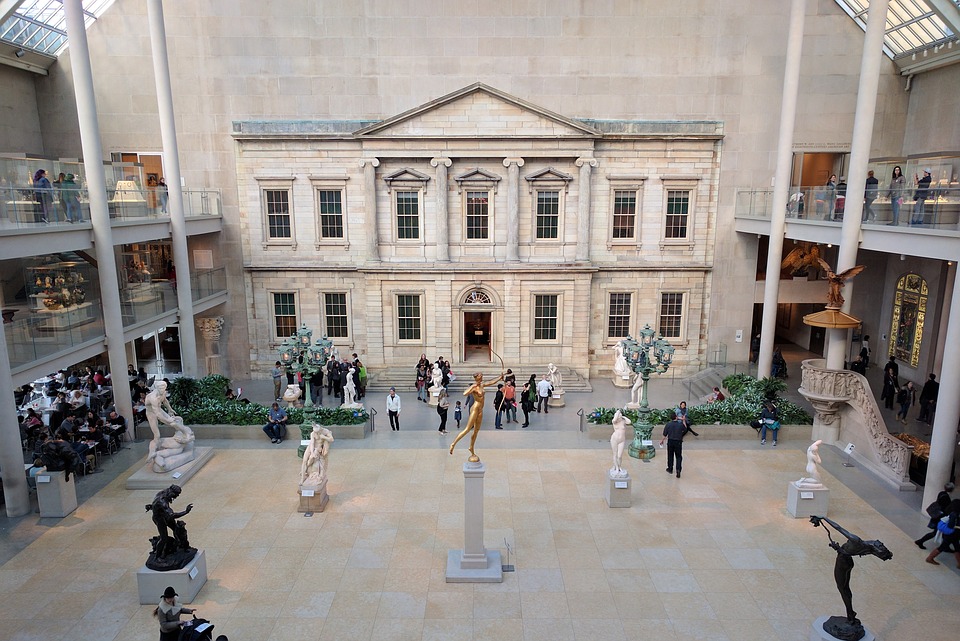
Like some other museums in New York City, including the Museum of Modern Art, the Met has two locations that fascinate visitors with permanent collections and rotating exhibits. Here are some pointers to get you headed in the right direction.
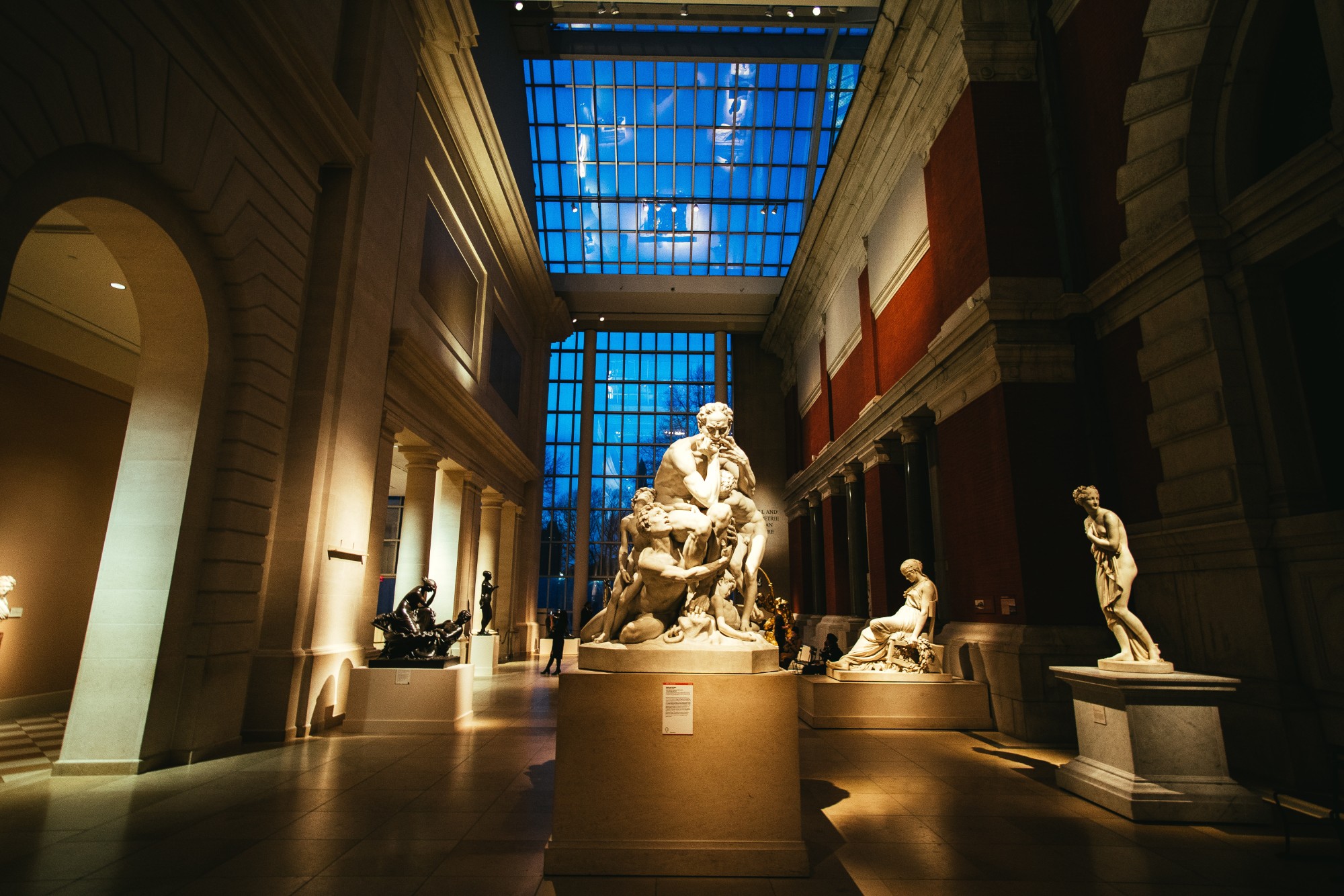
To explore the Met collection, my first piece of advice is to get a map. Remember, it’s more than 2 million square feet. When you walk in the front door, you’re presented with three options: left, right, or straight. There’s no wrong choice.
Turn left to wander through the Greek and Roman wing, which displays sculptures and ruins dating back to 4500 B.C. Pieces range from tiny engraved rings to life-sized marble statues, and even a column preserved from the temple of Artemis.
Turn right from the front door to stroll through the Egyptian wing, which collects more than 26,000 pieces that date back to the Paleolithc period. One of the most popular features of the entire museum is the Temple of Dendur, which you may recognize from the movie “Oceans 8.” Gifted to the United States by the Egyptian government, the Temple of Dendur was built by the Roman emperor Augustus around 15 B.C. to glorify the goddess Isis.
Proceed straight from the Great Hall entrance to experience the American Wing, which gathers more than 20,000 pieces from African American, Euro American, Native American, and Latin American male and female artists, dating back to the colonial period of the Americas. Highlights include an expansive collection of paintings from the Hudson River School and an entire living room preserved and reassembled from a Frank Lloyd Wright house in Minnesota (my personal favorite piece in the whole museum).
The Met’s permanent galleries are enough to make any art lover’s head spin. But what makes this museum truly special and one of the finest in the world is its ability to present exhibitions that respond to changes and evolution in art history and our modern society.
Previous exhibitions have explored thousands of years of art on Earth, ranging from Paul McCartney to Michelangelo. In the video above, for example, you can see a preview of “Play It Loud: Instruments of Rock and Roll,” an exhibit I caught last year at the Met. As a musician and guitarist, I’d say this wasn’t just one of the coolest things I’ve seen in New York — it’s one of the coolest things I’ve seen in my life. Seeing Stevie Ray Vaughan’s guitar in real life stopped me in my tracks, and I’ll probably tell my grandkids about it. Personally I can’t wait to see what else the Met has in store for the next few years.
Here’s a list of what’s coming up at the Met.
This is an NYC spot well known to locals but often hidden from out-of-town visitors. The Met has a rooftop garden area that also features periodic art installations. Ask a docent how to get there and then enjoy panoramic views of all of Central Park.
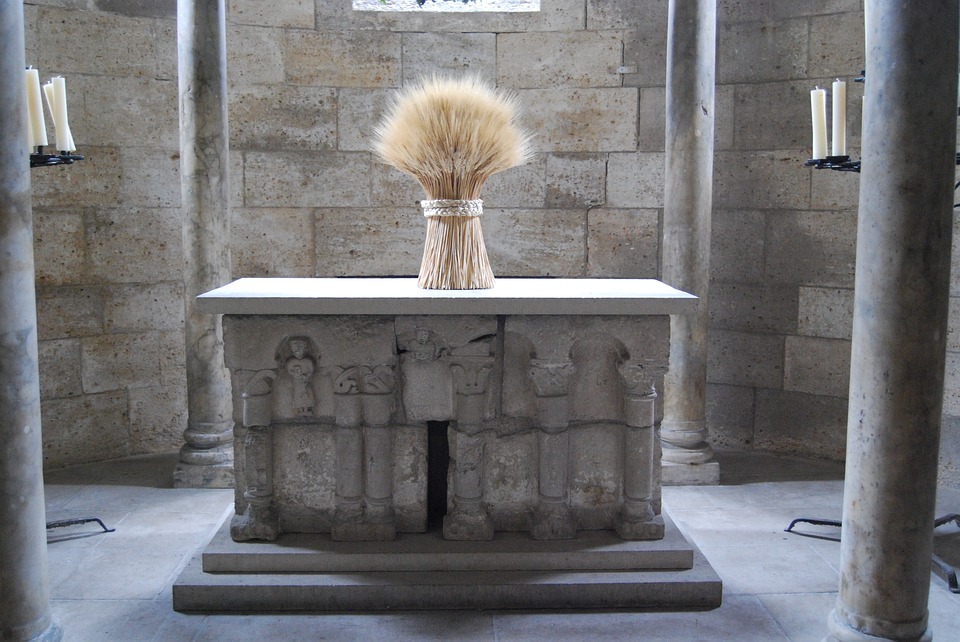
Opened in 1938, the Met Cloisters is the uptown branch of the Met Museum, located in Fort Tryon Park and presenting medieval European works of art in a building designed to evoke a medieval cloister.
The Cloisters exhibit almost 2,000 works of art that range from tapestries and manuscripts to stained glass and metalworks. Even the gardens are artistic — they were planted according to actual techniques used during medieval times.
Almost as interesting as the art is the building itself. Acquired and donated to New York City by John D. Rockefeller Jr., the building seeks to blend different medieval architectural styles to create a replicated cloister that is authentic yet unique. Rockefeller even donated more than 700 acres of land across the river in New Jersey to preserve the view from the museum.
A visit to the Cloisters also offers an opportunity to explore Fort Tryon Park, which is one of my favorite parks in NYC for a couple of reasons. The park has incredible views of the Hudson River and the New Jersey Palisades on the other side, and it gives visitors the closest thing to a hiking experience you can find in Manhattan. Few tourists venture this far north, meaning it’s definitely off the beaten path and much less crowded than the other parks of NYC.
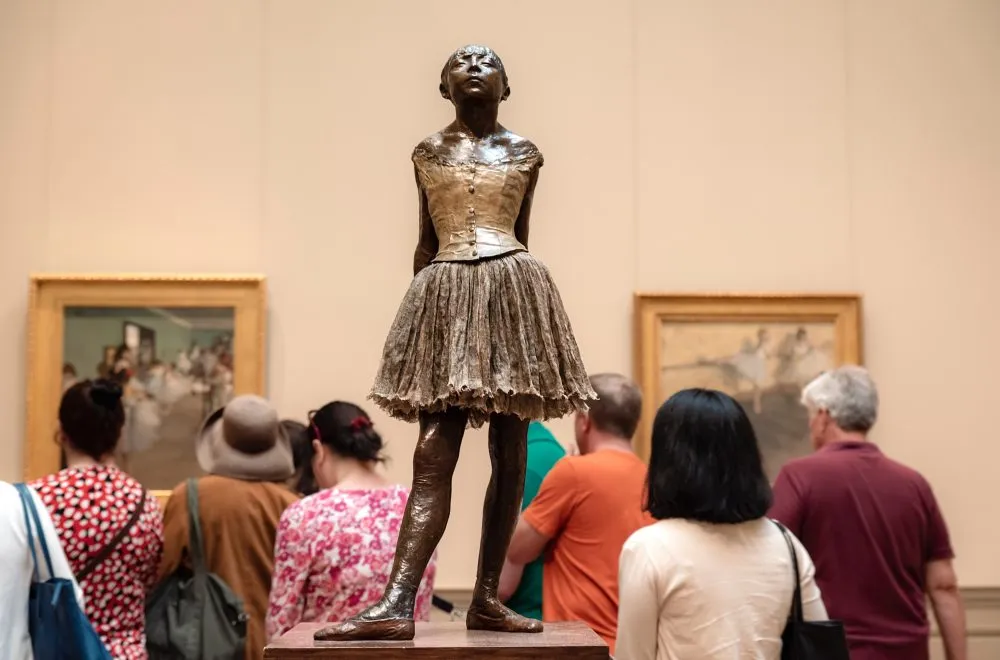
For visitors from outside the state of New York, admission starts at $25 for adults with discounts for seniors and students. Children 12 and younger get in free.
For New York residents with a valid ID or library card, admission is “pay what you want.” This also extends to students from Connecticut and New Jersey.
These two museums are very different, and you can read all about the Museum of Modern Art in our guide. While the MoMA focuses specifically on contemporary art, the Met collects artifacts across history. Both are pillars of our current art world, and no trip to New York would be complete without visiting each one.
My advice is don’t try to see it all in one day. It’s just too big. And that’s a wonderful thing — the Met’s ability to compile so much art into one space is what led the New York Times to call it “one of the 21st century’s great wonders.”
Wear comfortable shoes, get there early to beat the crowds, and try to see as much as you can while your admission allows it. If you want to see the very best art and make the most of your time with a skip-the-line ticket, I recommend our Metropolitan Museum of Art Highlights Tour.
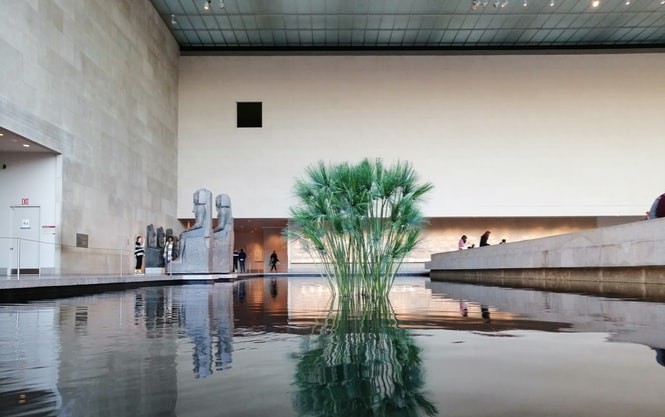
Maybe you haven’t seen the world-class art of Paris (visiting Paris? Check out our Paris tours) or the incredible museums of London, but we have something even better right here in NYC.
From Egyptian tools of the Paleolithic Period to medieval armor to Eric Clapton’s guitars, the Met houses some of the most wondrous treasures the world has to offer. A day at the Met is the closest thing to traveling back in time — to the tombs of ancient Egypt or the temples of Greece and Rome.
But don’t take it from me. Take it from “Project Runway” host Tim Gunn, who said, “If I had to choose a single destination where I’d be held captive for the rest of my time in New York, I’d choose the Metropolitan Museum of Art.” Any trip to NYC deserves a day at the Met on the itinerary and a tour of NYC.
 12 Attractions You Must Not Miss in NYC
12 Attractions You Must Not Miss in NYC
So you’re ready to explore New York! Whether you’re planning for a weekend or you’ve been here for years, there’s so much to…
 Bronx Murals: Experience the Journey From Graffiti to Street Art
Bronx Murals: Experience the Journey From Graffiti to Street Art
Street art has become something of an attraction in New York City in the past 10-15 years. There are entire tours dedicated to…
 A Cruise Down Canal Street in New York City’s Chinatown
A Cruise Down Canal Street in New York City’s Chinatown
Chinatown is a must-see for any trip to New York City. It’s rich in history, and it’s a gateway to Little Italy and…